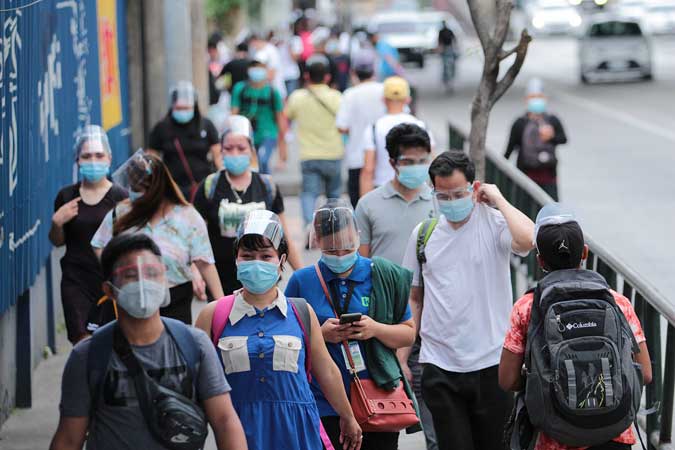THE OUTLOOK for the Asia-Pacific (APAC) banking industry is improving although risks remain in several coronavirus hot spots in the region, including the Philippines, S&P Global Ratings said.
The credit rater in a note on Wednesday said APAC banks were stabilizing, after the improving global trend.
“Asia-Pacific banks are, perhaps, at the end of the beginning of their COVID-19 (coronavirus disease 2019) recovery. This tracks international trends. During the worst of the outbreak, we wondered if the virus might exert strains similar to that seen during the global financial crisis. S&P Global Ratings now believes a robust global economic recovery is helping many Asia-Pacific banking systems normalize faster than we expected a few quarters ago,” it said.
However, S&P flagged the Philippines as one of the region’s hot spots, as it continues to struggle to contain the spread of COVID-19.
“Asia-Pacific has its hot spots. India, Malaysia, Thailand and the Philippines continue to struggle to contain COVID-19, while the early exiters such as China, Taiwan and Singapore have also seen a pickup in infections,” it said.
The Health department reported 3,806 new coronavirus cases on Wednesday to bring active cases to 44,408.
S&P said it was also assessing how APAC banks will be affected by inflation and potentially higher interest rates.
“While we expect central banks to keep policy rates low to support fuller recoveries, creditors could reset their risk-return expectations. Investors’ fear of rising inflation may trigger a disorderly reset, driving up risk premiums,” it added.
The US Federal Reserve has hinted it might start raising rates by 2023.
However, the Bangko Sentral ng Pilipinas (BSP) said it would continue to support the economy while COVID-19 remained a threat. Officials said they would only consider rate adjustments when recovery becomes sustainable, which BSP Governor Benjamin E. Diokno sees happening by the second half of 2022.
Earlier this month, S&P said muted economic activity as infections remained relatively high continued to be a credit risk for Philippine banks. It warned that lenders faced sluggish loan growth recovery and a continued pickup in nonperforming loans.
S&P, however, expects some mild rebound for Philippine lenders’ profitability to come alongside macroeconomic recovery.
The credit rater expects the Philippine economy to grow by 6% this year and by 7.5% in 2022. — Luz Wendy T. Noble

